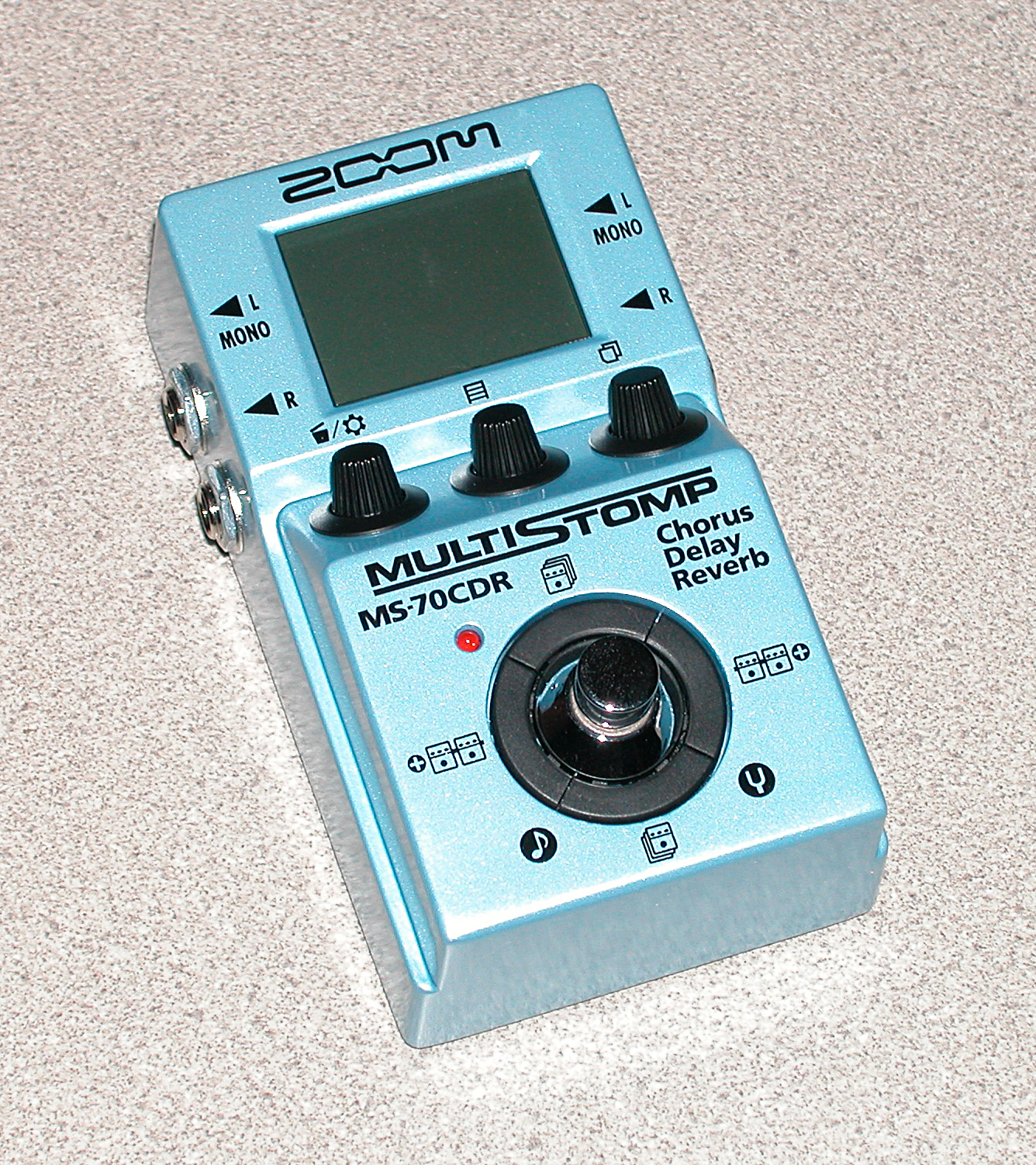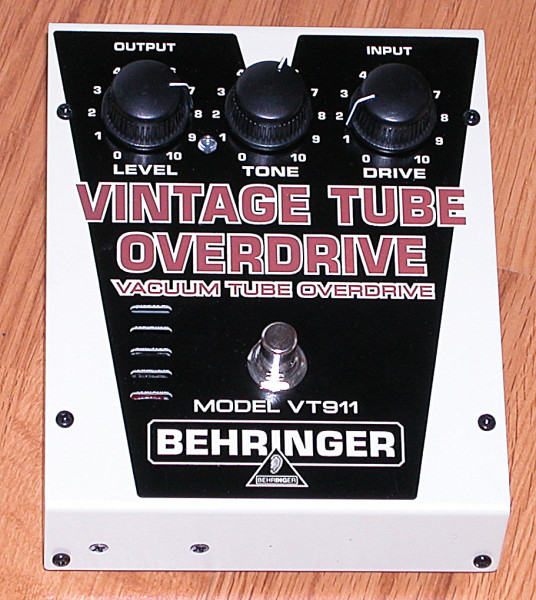Originally I was going to do a full review of this pedal, but there are so many good reviews online I don’t see any point in creating another one. What I am going to do is talk about how I use the pedal and what I think about the Zoom MS-70CDR now that I have been using the pedal in my live rig for quite a while.
At this point I own three Zoom MS-70CDR multi-effects pedals. Two reside on my main pedalboard (#1), and one resides on my backup (#2) pedalboard. Both of these pedalboards are used regularly at this point. My main pedalboard was in use so much that I thought I better build a backup board if my main pedalboard ever goes on the fritz.
Since pedalboard (#2) is smaller it has been getting plenty of use with my church gig. On this board the MS-70CDR is used mostly for light Reverb. Also for set tempo rhythmic delay, as a tuner, and specialty one-off types of sounds that you would not expect to get from a guitar. A single loop true bypass switcher is used to quickly bring this effect in and out of the pedal chain.
On my main pedalboard I have two MS-70CDR pedals. One sits before my volume pedal connected to a true bypass switcher, which allows me to easily kick the pedal in and out of the pedal chain. This pedal typically handles chorus, flanger, tremolo, pitch shift, octaver, chromatic tuner and specialty sounds like organ or synth type tones. The second MS-70CDR sits after my volume pedal and handles Reverb, delay, and anything that may require tap tempo. This configuration of pedals allows for a very powerful and flexible one two punch when playing live or in the studio. The amount of sonic territory you can cover is mind boggling. Limited only by your imagination. I’ve been able to conjure pretty much any type of time based effect sound I have had the need to create from this effect pedal and then some. Considering how inexpensive these pedals are everyone should own at least one of these “Swiss Army” knives of guitar and bass effects. The sound quality is quite good especially in a band situation.
Here’s a quick rundown of what’s available in the pedal (all of my Zoom MS-70CDR pedals have the upgraded 2.0 firmware, which gives you even more effects).
-
- 86 guitar and bass effects, including modulation, equalization, delay, and reverb (Firmware Version 2.0 offers 51 all-new effects, in addition to the 86 effects the MS-70CDR already includes. Classic effects like Tremolo, Slicer, Octaver, Pitch Shifter, Slow Attack, Noise Gate, Exciter, and Envelope Filter. There’s also a studio quality compressor and some advanced effects such as Lo-Fi, Synthesizer and Organ simulation.)
-
- Up to 6 effects can be used simultaneously, in any order
-
- 50 memory locations for the storage of user-created patches
-
- 40 preset patches, which can be overwritten.
-
- Patch cycling
-
- Onboard chromatic tuner supports all standard guitar and bass tunings, including open and drop tunings
-
- Tap Tempo for synchronization of delay times or modulation rates
-
- Auto Save function for automatic saving of all patch parameters
-
- Mono and stereo operation
-
- Dual ¼” input jacks (both active and passive instruments supported)
-
- Dual ¼” output jacks
-
- Backlit LCD with contrast control for easy viewing in low-light environments
-
- USB port for power and firmware updates
-
- Lightweight and small enough to fit in your gig bag
-
- Easily integrated into any existing pedalboard
-
-
- Runs on 2 AA batteries, with alkaline battery life of up to 7 hours (use of AC power in a pedalboard situation is recommended).
- Optional AC adapter
-
Summary
Street price for this pedal is around $100 – $120. In my opinion the Zoom MS-70CDR is worth its weight in gold…




